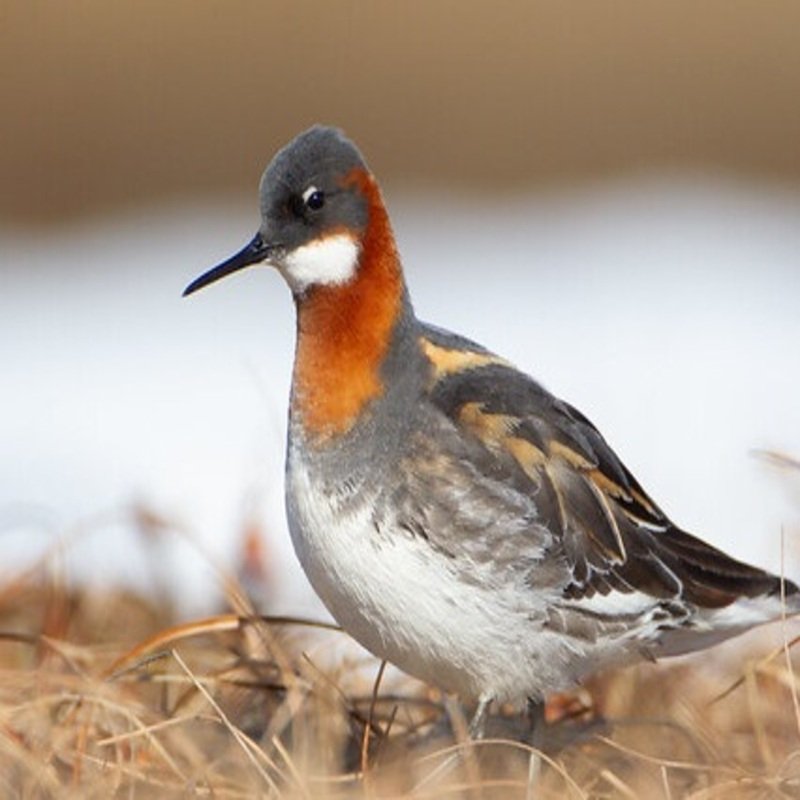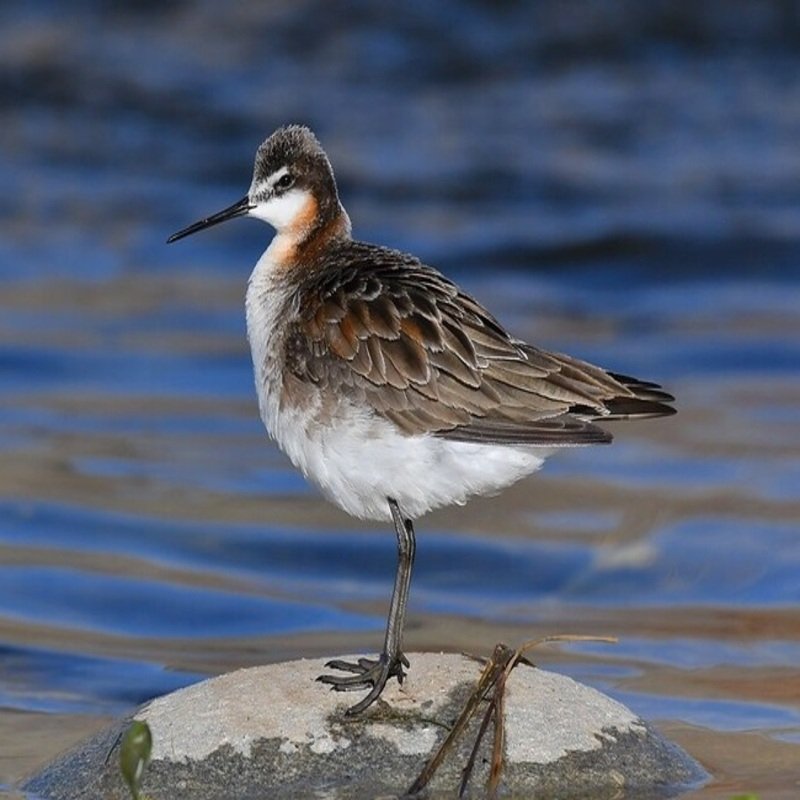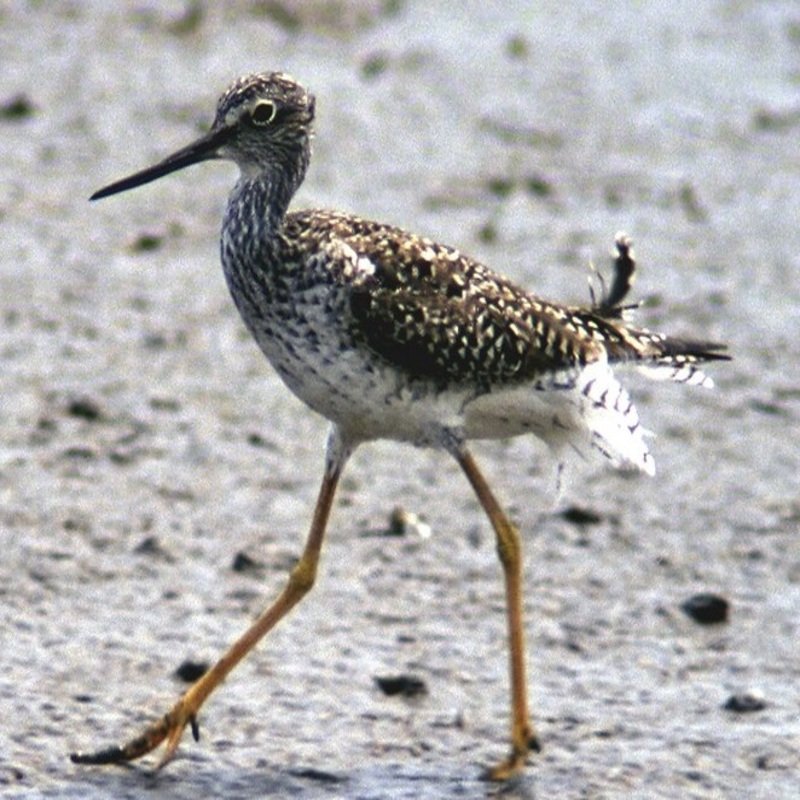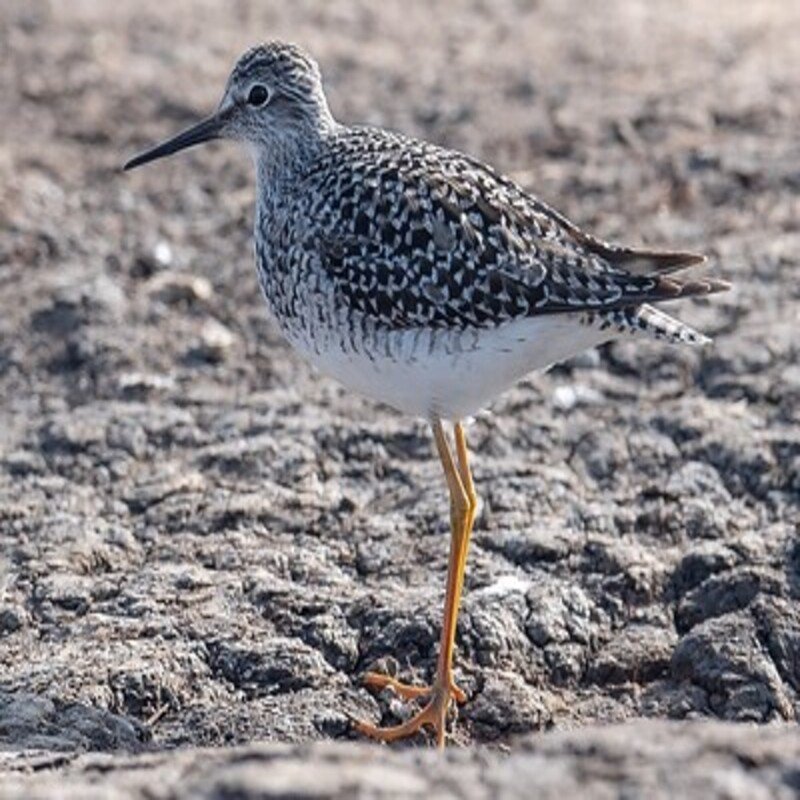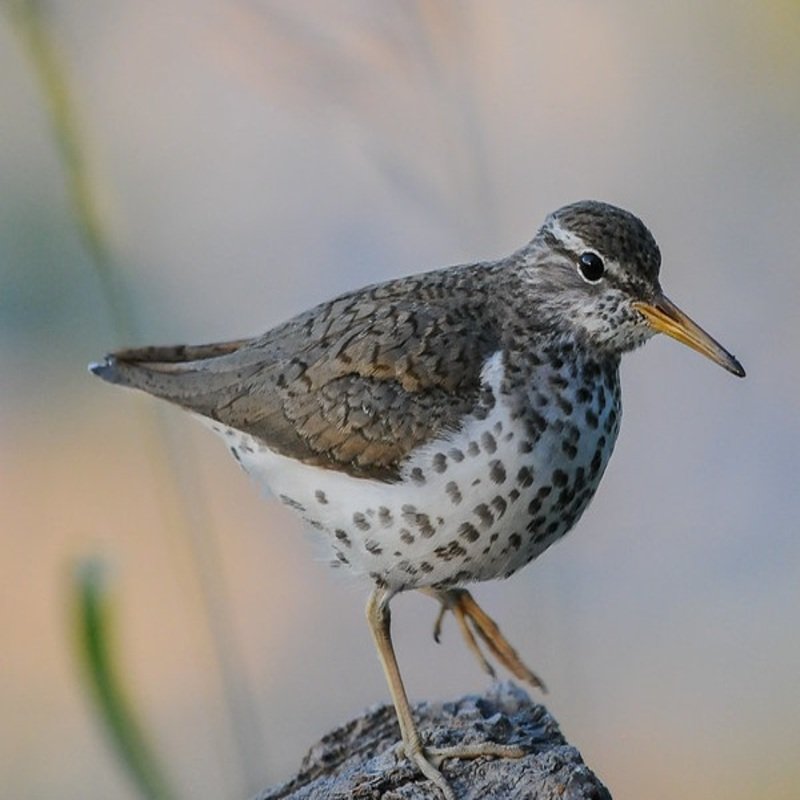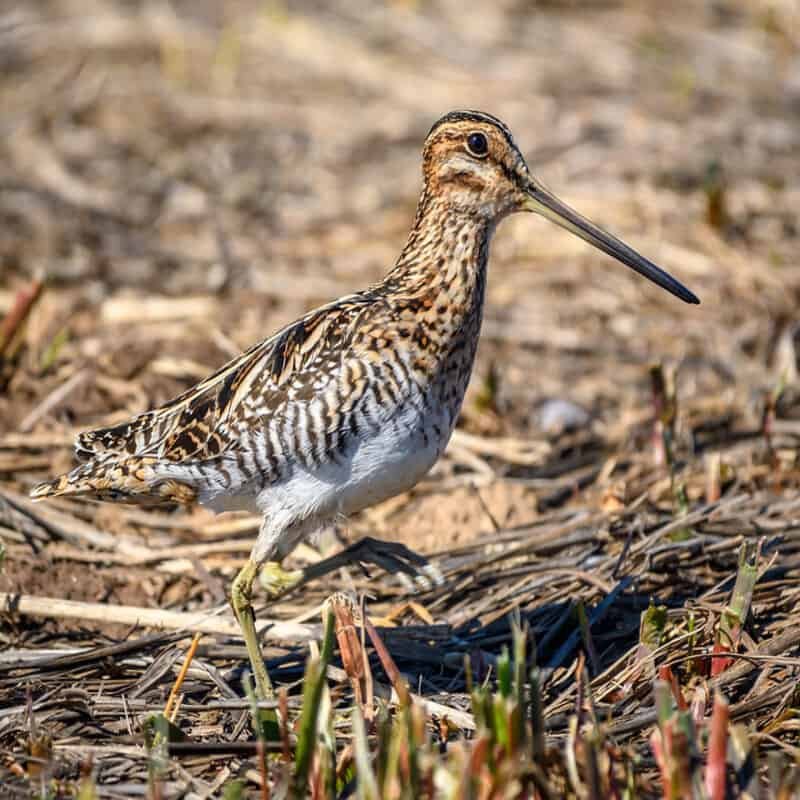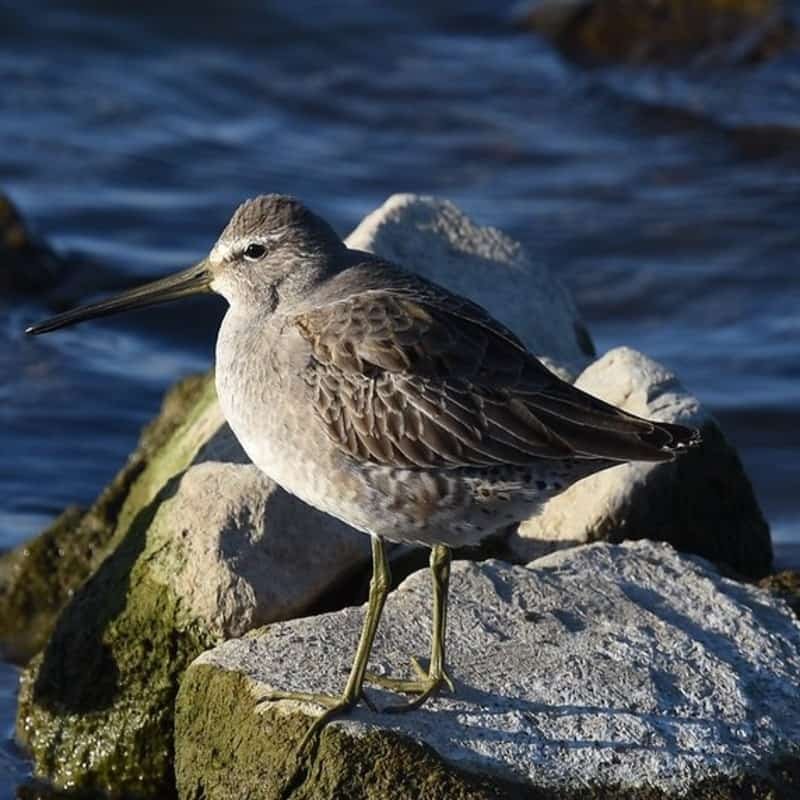The red-necked phalarope (Phalaropus lobatus), also called the northern or hyperborean phalarope, is a tiny wader. This phalarope breeds in North America and Eurasia’s Arctic regions. It is migratory and, unlike most waders, spends the winter at sea on tropical oceans. Quick Overview: Phalaropus Lobatus – Red-Necked PhalaropeBody size: Around 7.5-8 in (19-20 cm) and […]
Phalaropus Tricolor – Wilson’s Phalarope
Wilson’s phalarope is a tiny wader (Phalaropus tricolor). This bird, the largest of the phalaropes, breeds in western Canada and the western United States’ grasslands. It is migratory, spending the winter in interior salt lakes near Argentina’s Andes. Quick Overview: Phalaropus Tricolor – Wilson’s PhalaropeBody size: Around 8-9 in (20-23 cm) and a weight of […]
Tringa Melanoleuca – Greater Yellowlegs
Greater yellowlegs (Tringa melanoleuca) is a big shorebird found in North America. Tringa is the New Latin name given to the green sandpiper by Aldrovandus in 1599. It is derived from the Ancient Greek trungas, a wading bird the size of a thrush with a white rump and a tail that bobbles. The specific epithet […]
Tringa Semipalmata – Willet
The willet (Tringa semipalmata), originally classified as Catoptrophorus semipalmatus in the monotypic genus Catoptrophorus, is a big shorebird in the family Scolopacidae. It is a reasonably large and robust sandpiper, the largest of the genus Tringa’s “shank” species. Its nearest relative is the lesser yellowlegs, a considerably smaller bird with a completely different look save […]
Tringa Flavipes – Lesser Yellowlegs
The lesser yellowlegs, Tringa flavipes is a shorebird with a medium size. Tringa is the New Latin name given to the green sandpiper by Aldrovandus in 1599. It is derived from the Ancient Greek trungas, a wading bird the size of thrush with a white rump and a tail that bobbles. The specific epithet flavipes […]
Tringa Solitaria – Solitary Sandpiper
Sandpipers are little shorebirds. The solitary sandpiper (Tringa solitaria) is one of them. The genus name Tringa is the New Latin name given to the green sandpiper by Aldrovandus in 1599 based on Ancient Greek trungas, a thrush-sized, white-rumped, tail-bobbing wading bird mentioned by Aristotle. Solitaria is Latin for “solitary,” from from solus, “alone.” Quick […]
Actitis Macularius – Spotted Sandpiper
A little shorebird, the spotted sandpiper (Actitis macularius) is a sandpiper. It shares the genus Actitis with its sister species, the common sandpiper. They geographically supplant one another; wandering birds may settle with breeders of the other species and hybridize. Quick Overview: Actitis Macularius – Spotted SandpiperBody size: Around 7.5 in (19 cm) and a […]
Gallinago Delicata – Wilson’s Snipe
Wilson’s snipe (Gallinago delicata) is a little shorebird with a stocky build. Gallinago is New Latin for woodcock or snipe. It is derived from the Latin gallina, “hen,” and the suffix -ago, “resembling.” The particular epithet delicata means “dainty” in Latin. Until 2003, this species was considered a subspecies of the common snipe, however not […]
Limnodromus Scolopaceus- Long-Billed Dowitcher
The long-billed dowitcher (Limnodromus scolopaceus) is a medium-sized shorebird with an unusually long beak that is a member of the Scolopacidae family of sandpipers. Adults have a lovely rufous head and underparts, a darker speckled back, and a huge white upper rump that is only visible in flight. They feed in a variety of freshwater […]
Scolopax Minor – American Woodcock
The American woodcock (Scolopax minor), also known as the timberdoodle, bogsucker, hokumpoke, and Labrador twister, is a tiny shorebird found predominantly in eastern North America. Woodcocks spend most of their time on the ground in brushy, young forest settings, where their brown, black, and gray plumage provides good concealment. Quick Overview: Scolopax Minor – American […]

